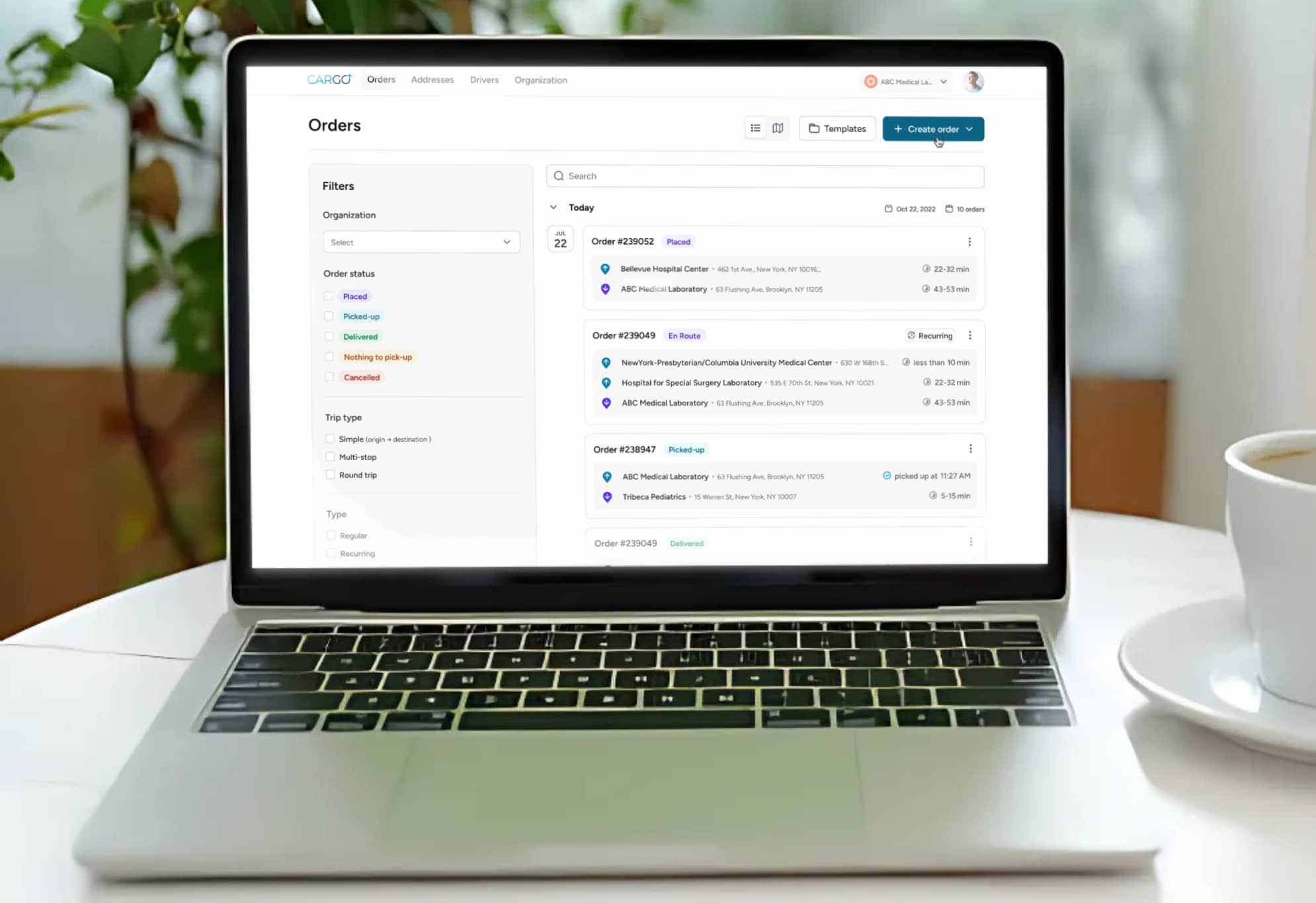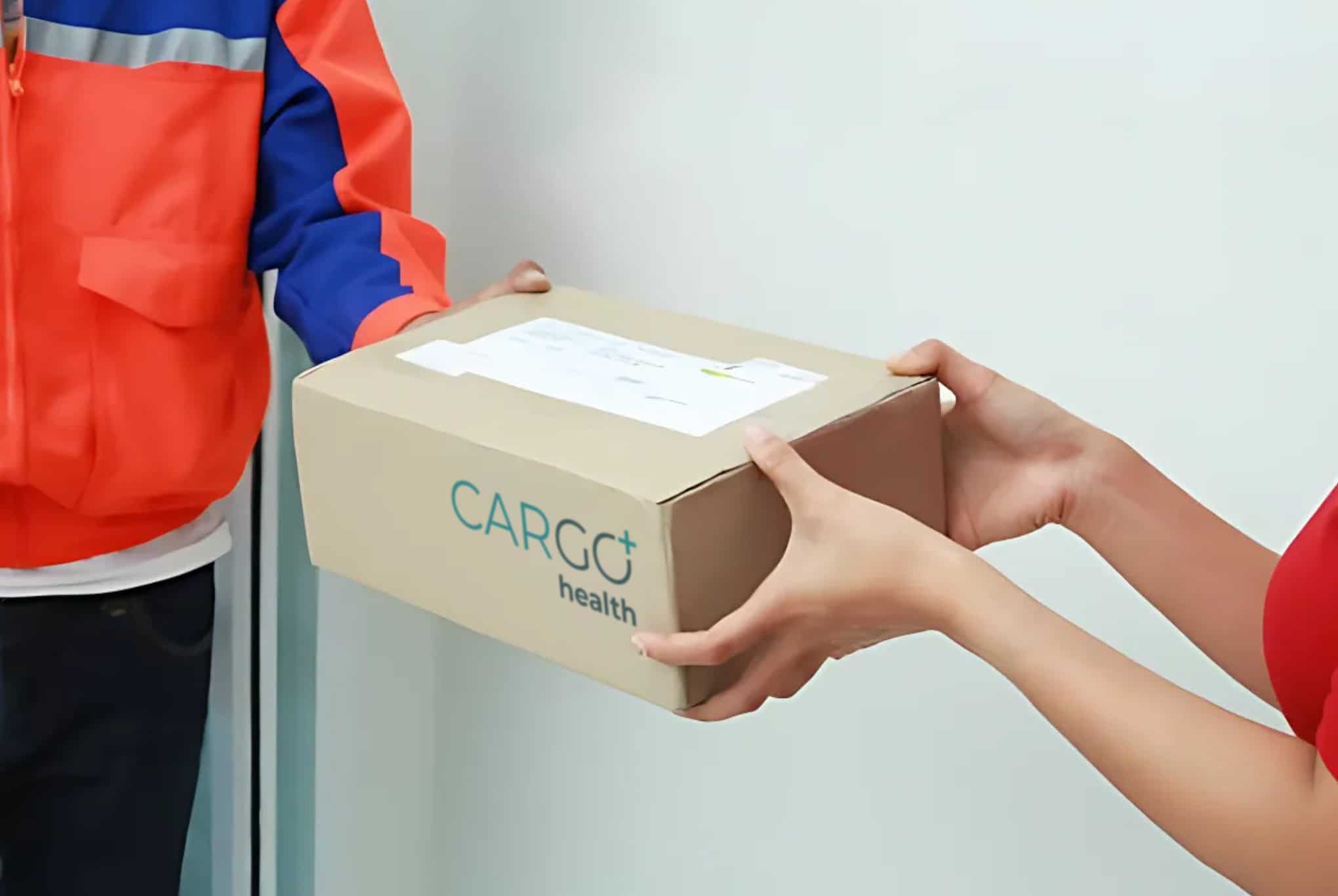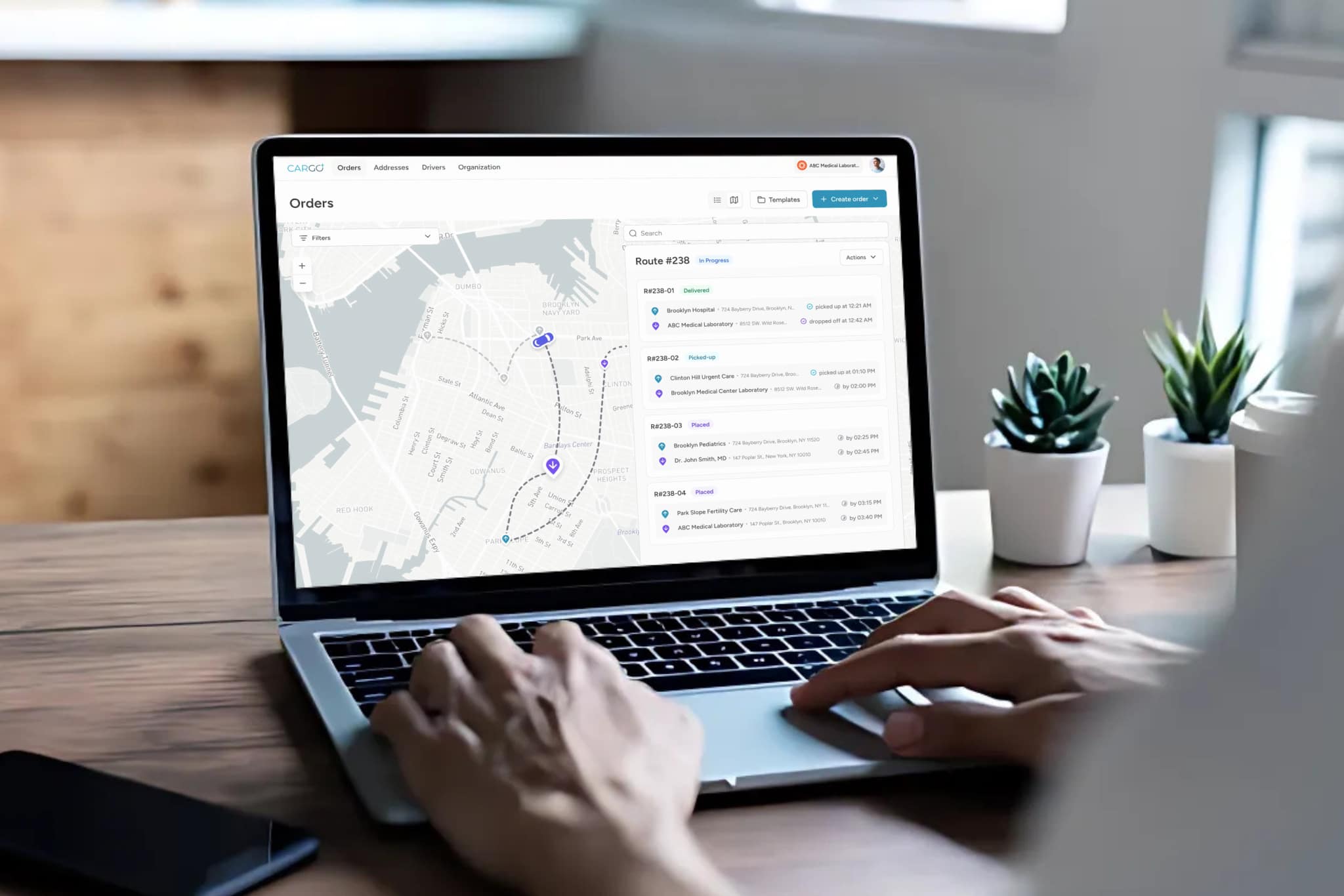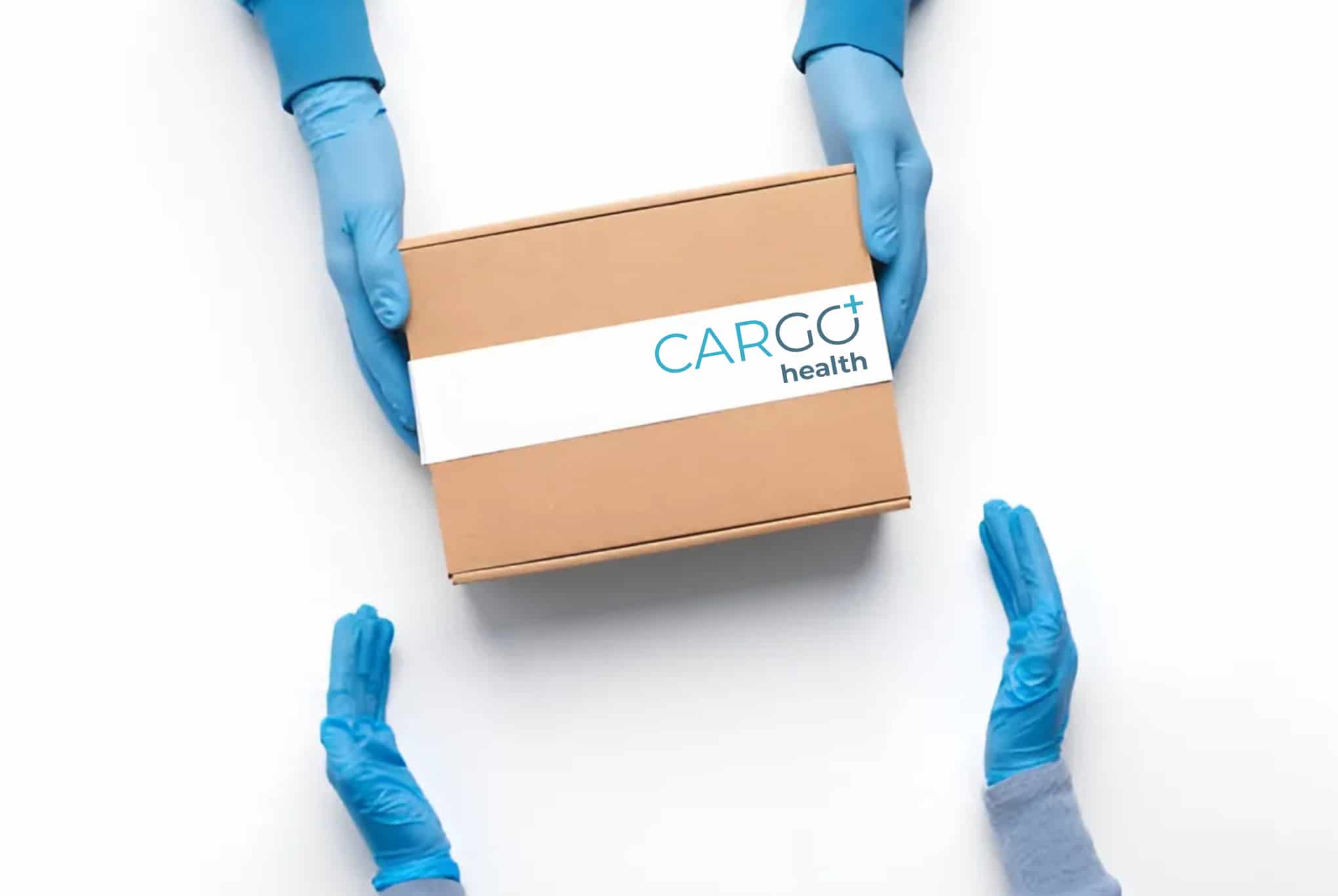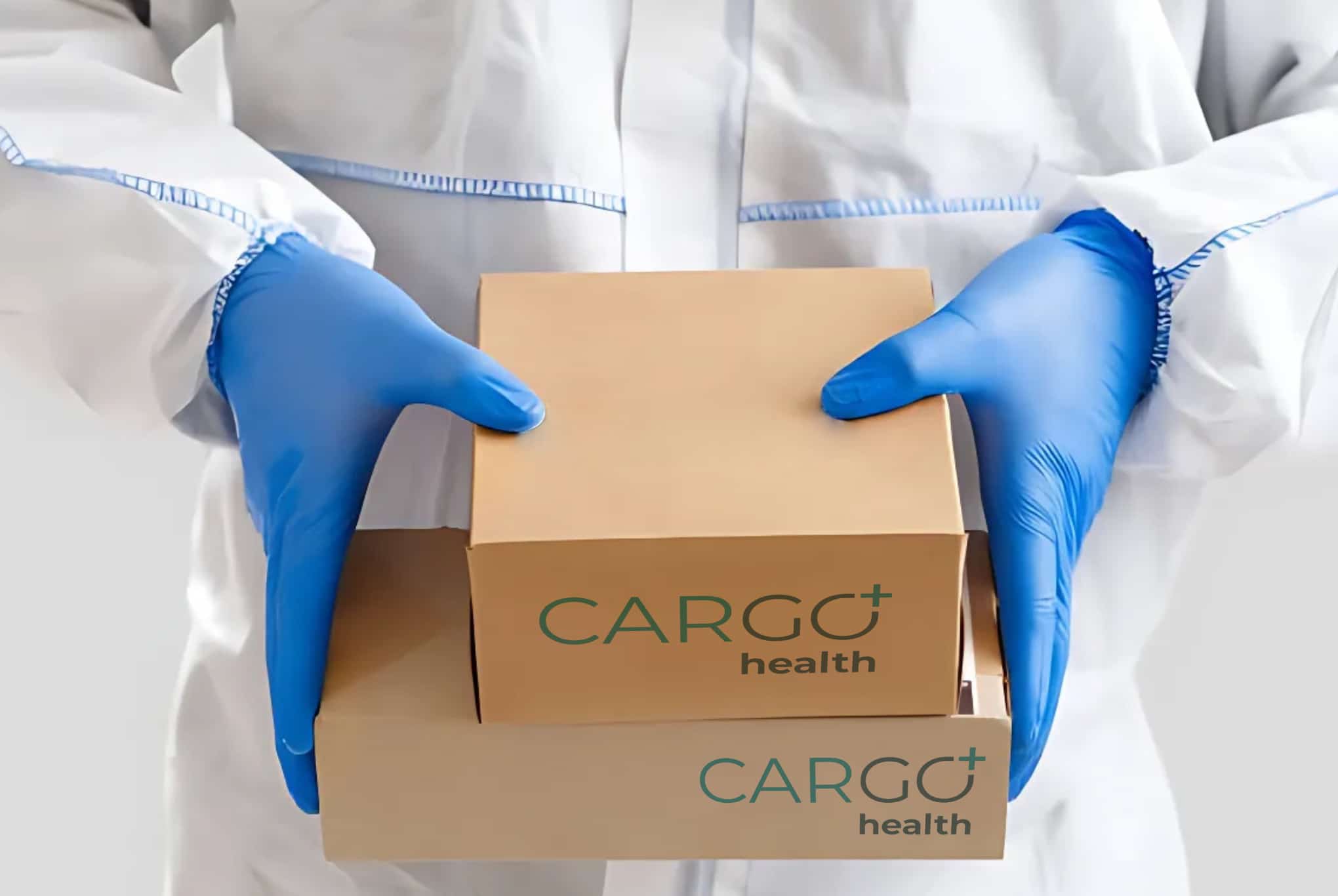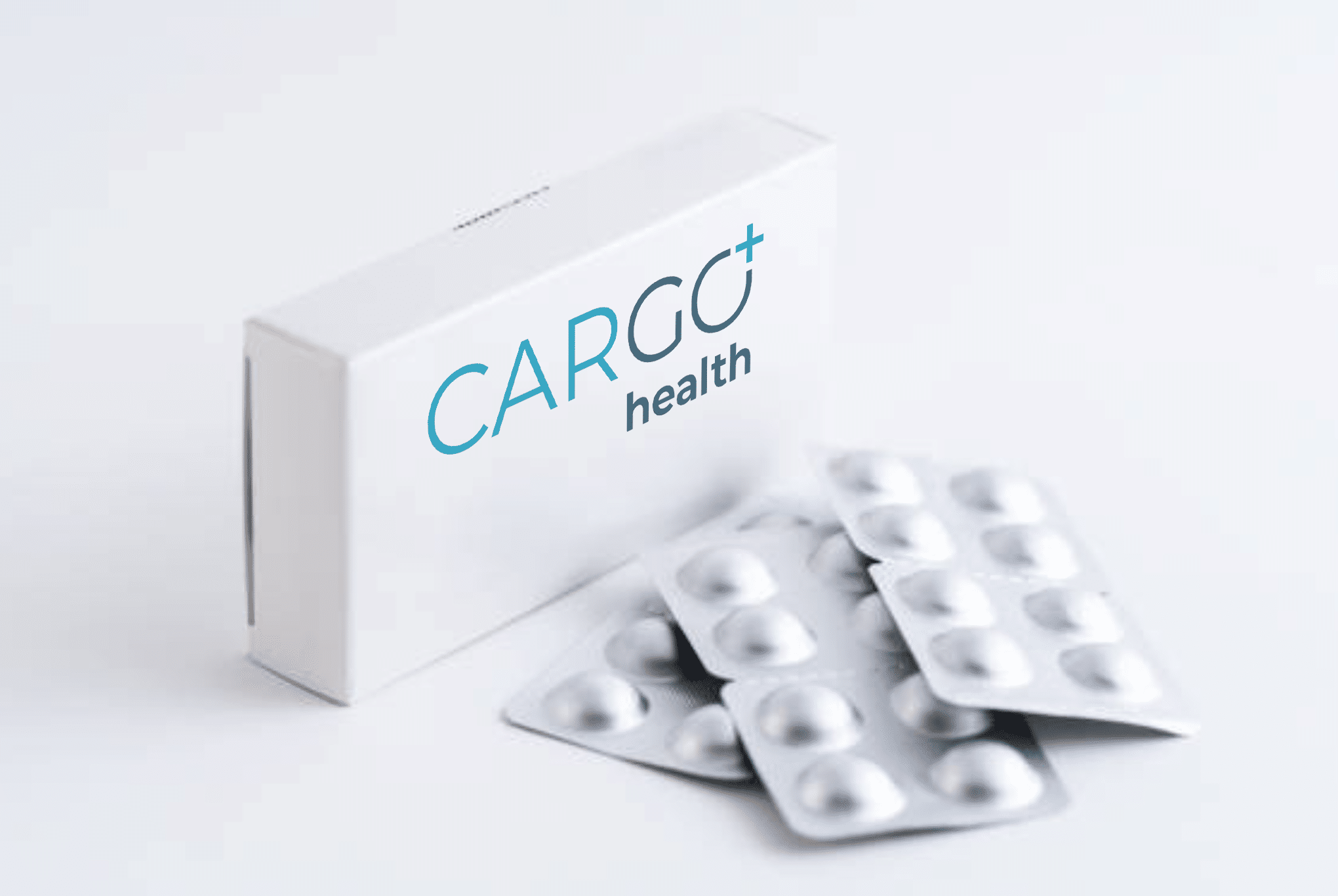Best Practices for Packaging and Labeling in Medical Logistics
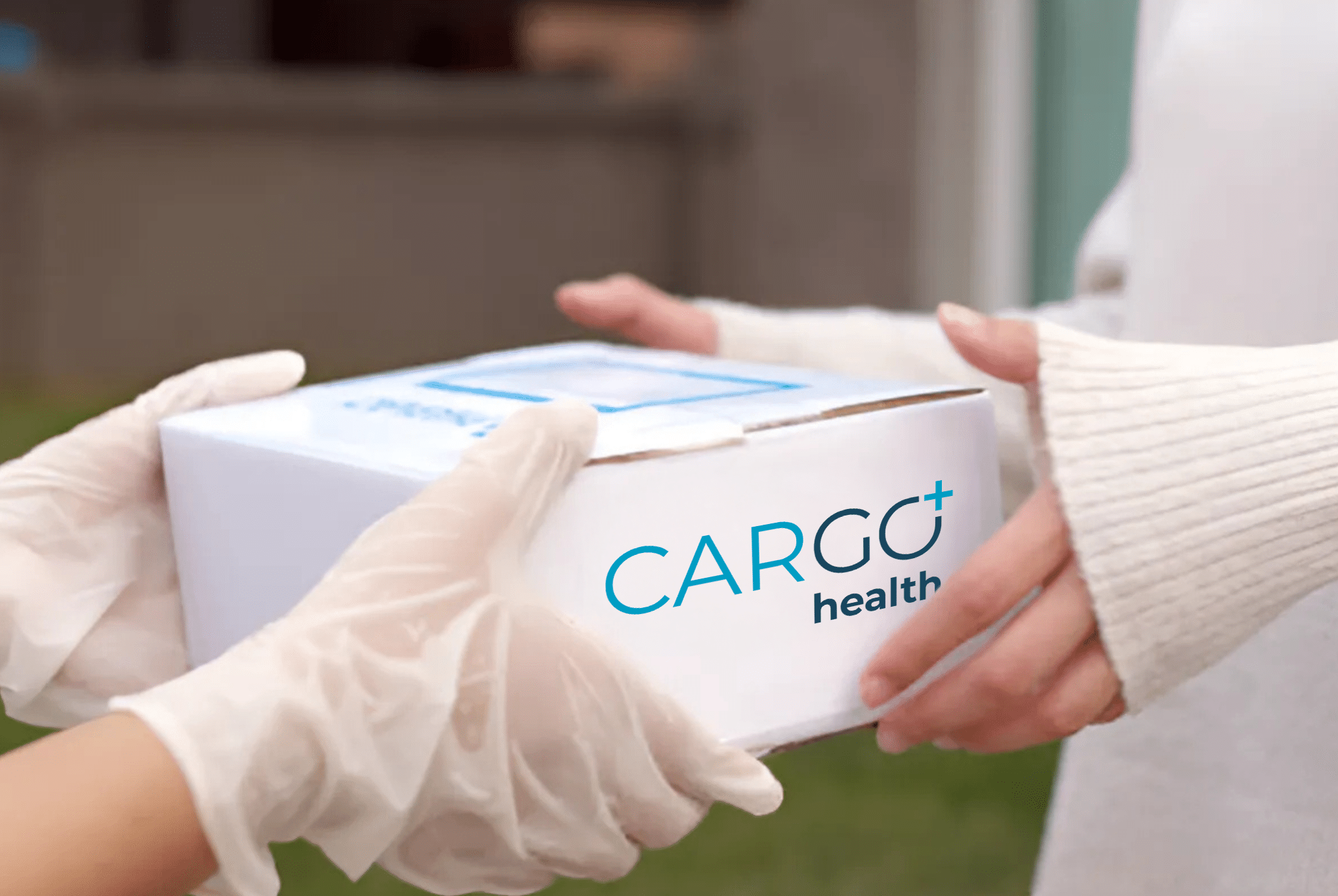
Effective packaging and labeling are critical components of medical logistics. They ensure the safety, integrity, and compliance of medical supplies during transport. Following best practices in this area reduces risks such as contamination, spoilage, and regulatory non-compliance.
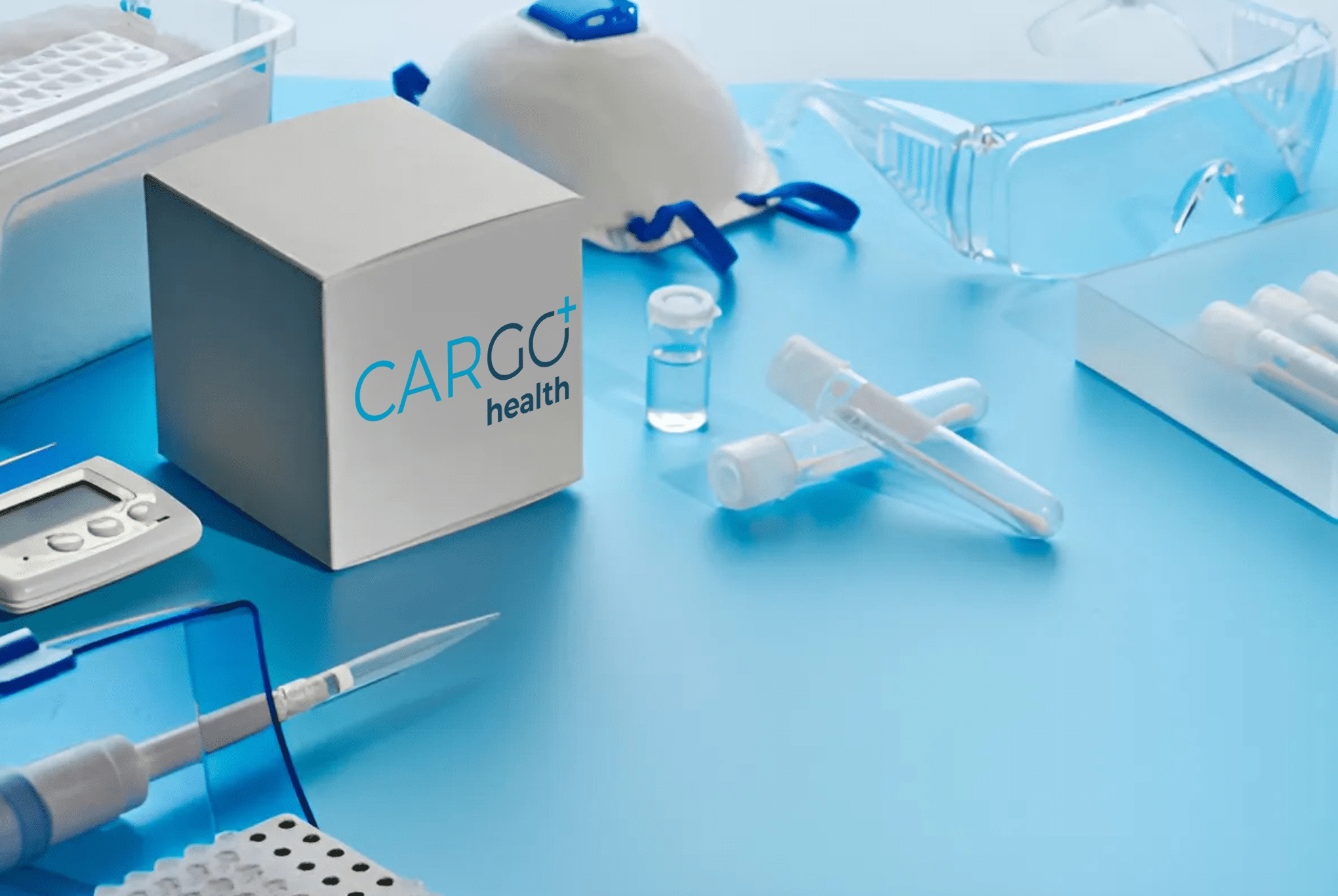
Importance of Proper Packaging in Medical Logistics
Medical products, including pharmaceuticals, medical devices, and biological samples, are highly sensitive. Proper packaging protects these materials from physical damage, environmental factors, and contamination.
Key considerations include:
- Product Sensitivity: Medical supplies often require specific temperature controls, protection from moisture, or shock resistance.
- Compliance: Packaging must adhere to regional and international standards, such as ISO 11607 for sterile barrier systems.
- Efficiency: Optimized packaging improves transport efficiency, reducing costs without compromising safety.
Types of Medical Packaging
- Primary Packaging: Direct contact with the product (e.g., vials, syringes, pouches).
- Secondary Packaging: Provides additional protection and grouping (e.g., boxes, cartons).
- Tertiary Packaging: Used for bulk transport (e.g., pallets, crates).
Each layer serves a unique role in preserving product integrity during distribution.
Key Best Practices for Medical Packaging
- Material Selection
- Use non-reactive materials to prevent chemical interactions with the product.
- Choose durable and tamper-evident packaging for safety and traceability.
- Implement sustainable packaging where feasible, without compromising standards.
- Temperature-Controlled Solutions
- Deploy insulated boxes, gel packs, and phase-change materials for temperature-sensitive items.
- Monitor and document temperature with advanced tracking solutions to maintain cold chain integrity.
- Sterility and Contamination Control
- Utilize sterile barrier systems to ensure product sterility during transport.
- Follow validated sterilization methods like gamma irradiation, autoclaving, or EtO gas.
- Avoid cross-contamination through secure seals and single-use packaging materials.
- Impact Resistance and Shock Absorption
- Include shock-resistant materials, such as foam inserts and bubble wraps, for fragile items.
- Conduct regular drop tests and transport simulations to validate packaging strength.
Best Practices for Labeling in Medical Logistics
Accurate and compliant labeling ensures efficient tracking, handling, and safety in medical logistics. Mislabeling can lead to delays, spoilage, or regulatory penalties.
Key Labeling Requirements
- Product Identification: Clearly display the product name, batch number, expiration date, and handling instructions.
- Regulatory Compliance: Adhere to labeling standards like FDA (U.S.), EMA (Europe), and IATA guidelines for dangerous goods.
- Traceability: Use barcodes, RFID tags, or QR codes for enhanced supply chain visibility.
- Multi-Language Labels: Include multiple languages to address international regulations and end-user requirements.
Best Practices for Labeling
- Clarity and Visibility
- Use legible fonts, high-contrast colors, and standardized symbols for quick identification.
- Avoid excessive text that may cause confusion.
- Durability
- Use materials resistant to moisture, abrasion, and temperature fluctuations.
- Ensure labels remain intact and readable throughout transit.
- Data Integration and Automation
- Implement automated labeling systems to reduce human errors.
- Integrate labeling data with warehouse management systems (WMS) for real-time tracking.
- Special Handling Instructions
- Include instructions for:
- Fragile products (e.g., “Handle with Care”)
- Temperature-sensitive items (e.g., “Keep Refrigerated”)
- Hazardous materials (e.g., “Caution: Biohazard”)
- Include instructions for:
Benefits of Adopting Best Practices
By following these best practices for packaging and labeling, medical logistics providers can achieve:
- Enhanced product safety and integrity throughout the supply chain.
- Regulatory compliance, reducing the risk of fines and delays.
- Improved operational efficiency with optimized packaging and automation.
- Cost reductions by minimizing product loss and packaging errors.
Implementing these strategies ensures medical supplies reach their destinations safely, efficiently, and in full compliance with global standards.
